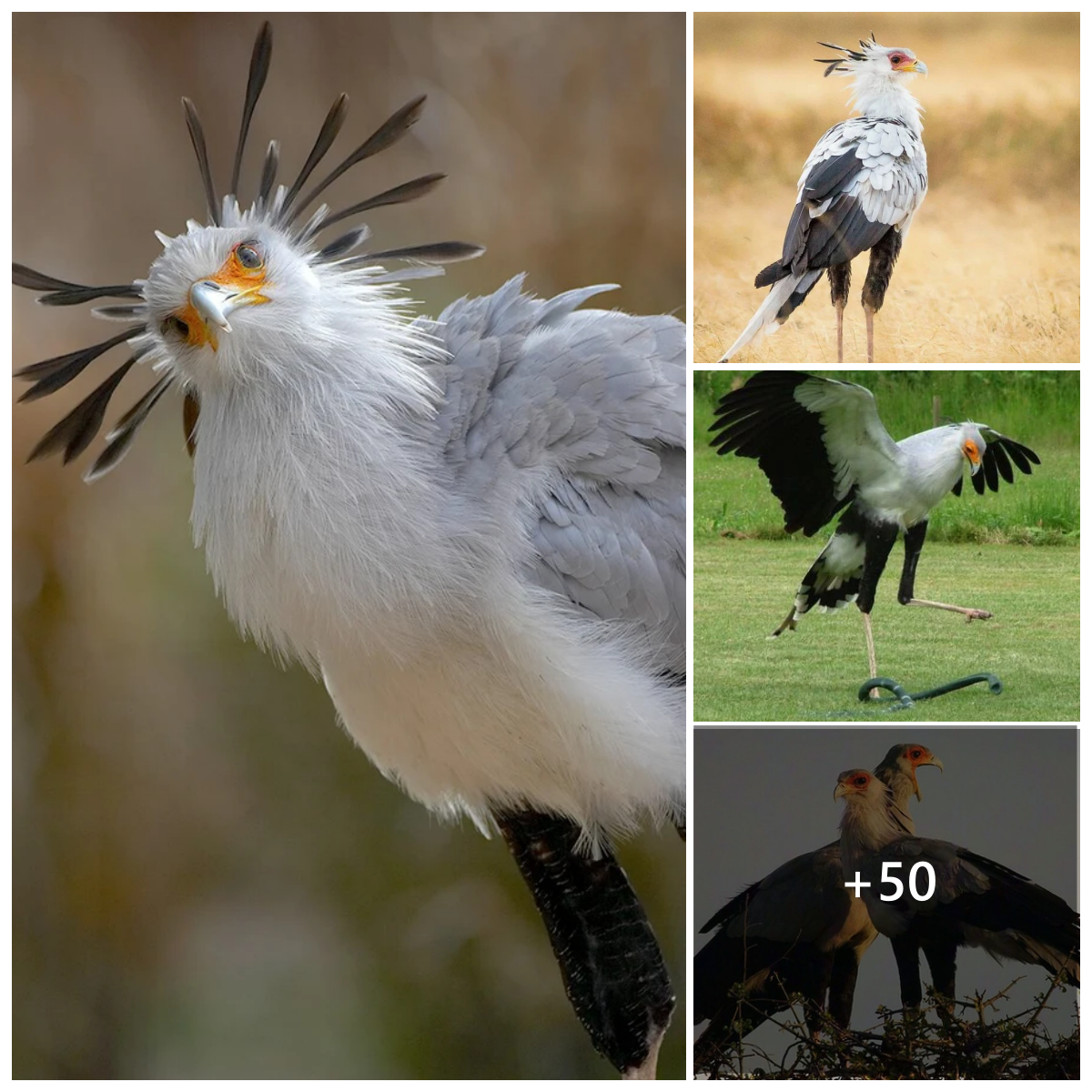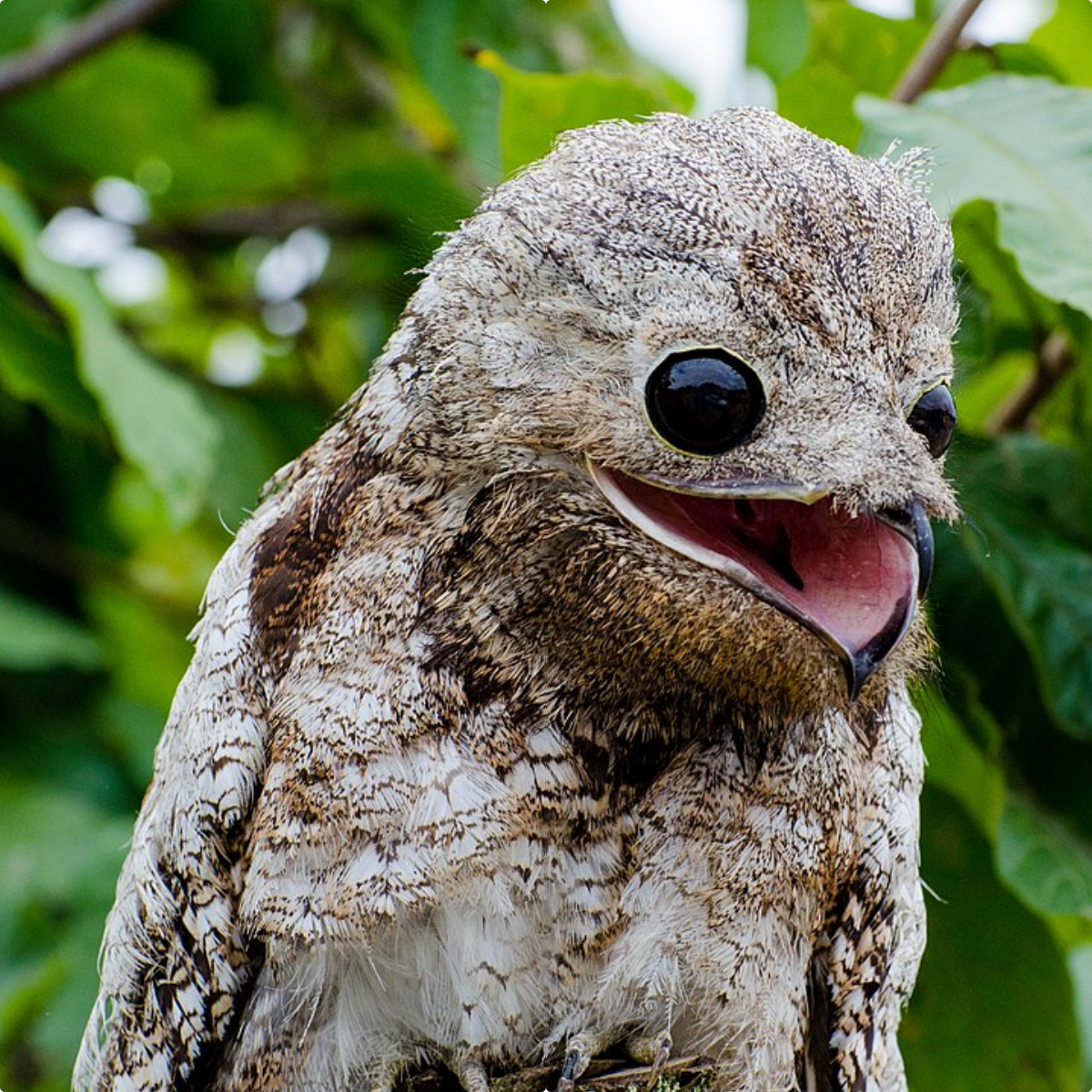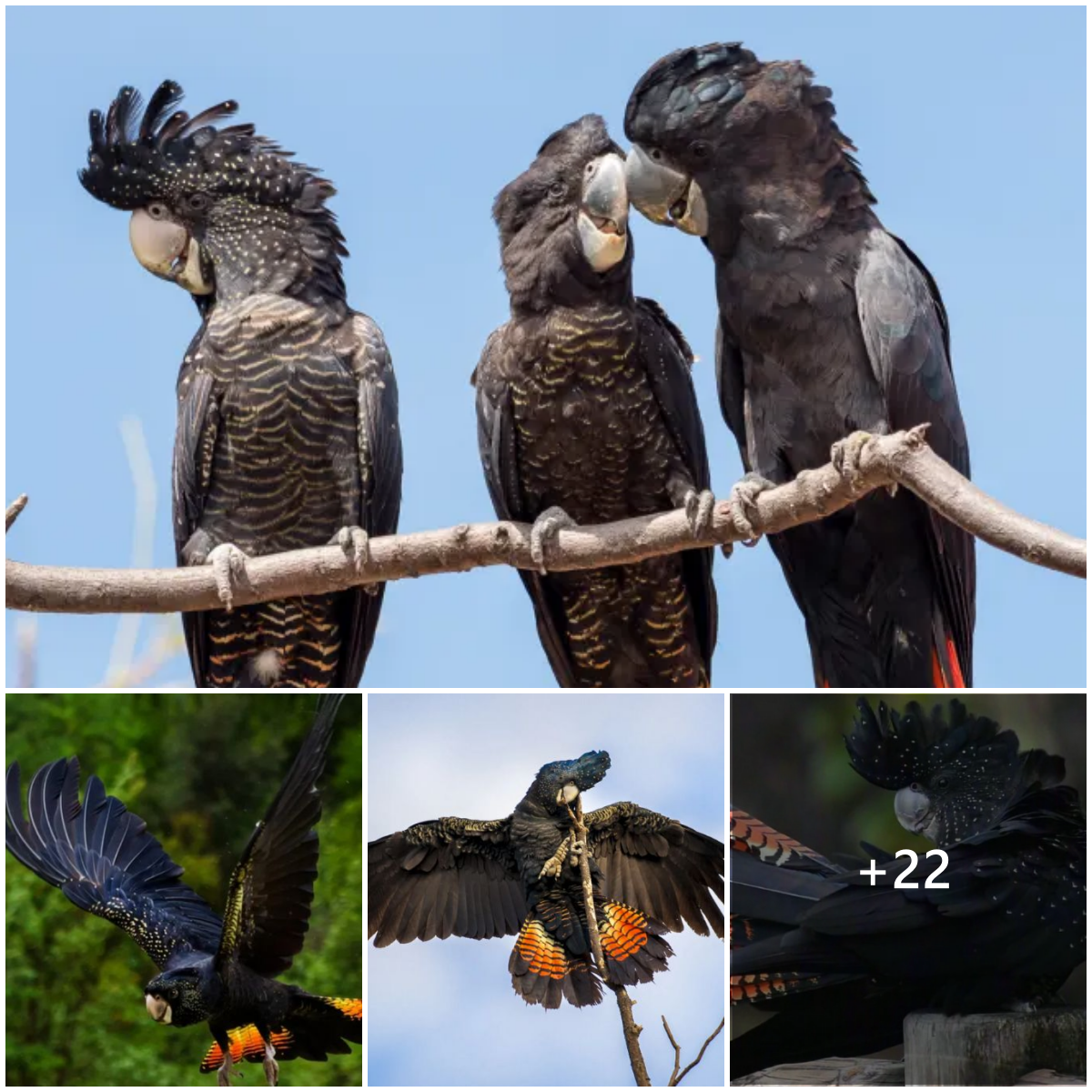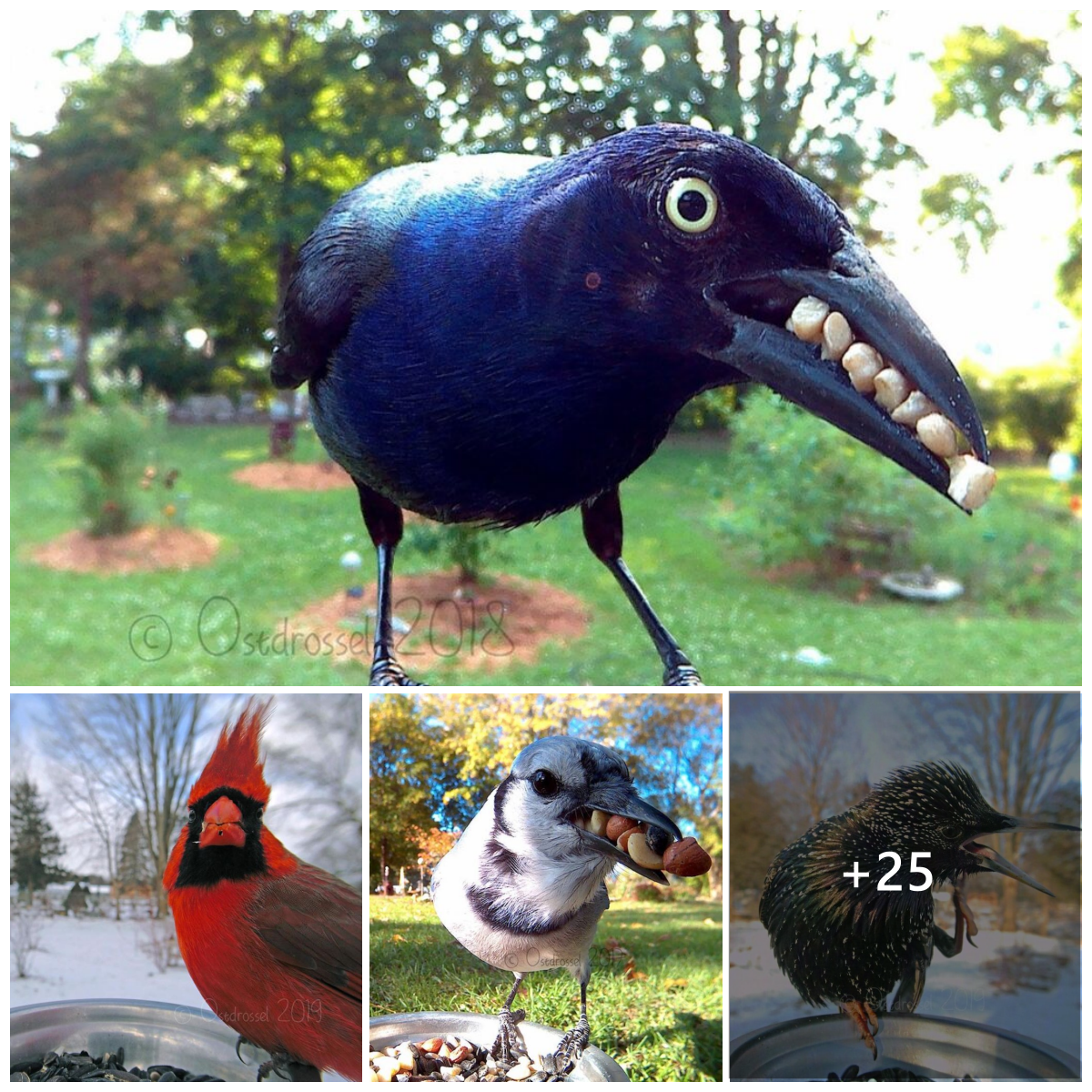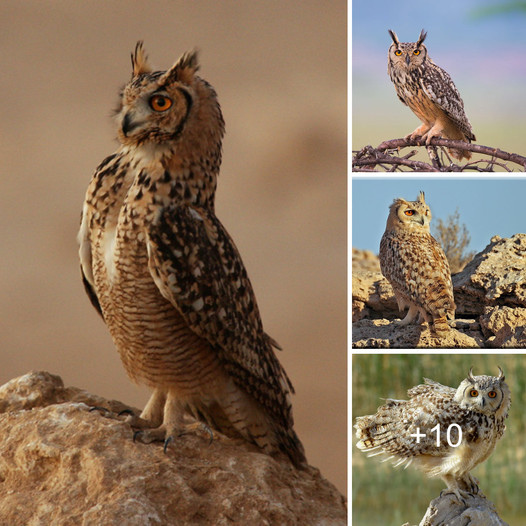The northern flicker can be found almost everywhere in North America, and it’s easy to identify with its striking spotted plumage.
Find out more about this unique member of the woodpecker family!
1. Northern Flickers Prefer To Hunt On The Ground
While most woodpeckers do their insect hunting while clinging to tree trunks and excavating holes to find their prey, the northern flicker does most of its foraging at ground level.
They compete with species such as starlings for their preferred food source, ants.
2. It’s The Anteater Of The Bird World

It’s a fact: the northern flicker probably eats more ants than any other bird in North America. One northern flicker’s stomach was found to contain over 5,000 ants!
Of course, that’s not their entire diet. They also eat termites, beetles, and caterpillars, and enjoy snacking on berries such as wild cherries, poison ivy berries, and sumac.
In winter when other food sources are scarce, they will visit backyard suet and seed feeders.
3. Northern Flickers Have Been Known To Eat Bats
While their diet is usually insects and berries, there are reports from Wyoming that northern flickers will take young bats as they leave their roosts.
4. They Have Different Colors In The East And The West, Except Where They Have Both

Northern flickers have a couple of easily identifiable sub-species, split between the west and east sides of the continent. While they have several differences, the most notable is their wing shafts.
Eastern northern flickers have yellow feathers on the inside of their wings, as well as a red patch on the neck, while in the west, those feathers are pinkish-red, and males have a red mustache.
Interestingly, northern flickers in between the two main species, on the Great Plains, have characteristics of both, as they have interbred.
All northern flickers can be identified by their distinctive spotted plumage, with black marks on a tan background.
5. Northern Flickers Are Very Noisy Birds
Northern flickers are extremely noisy birds, using both calls and drumming to attract mates and delineate their territory.
They have a loud, single-note call that sounds like “keyeer” that lasts about a half second, as well as a repetitive “wicka-wicka” call that is quieter and used when they are close together.
Northern flickers are not songbirds; instead, they drum on trees or metal objects such as chimneys. They can drum as quickly as 25 times a second.
Aside from that, they use a long rattle that rises and falls in volume over 7 or 8 seconds to attract mates and establish their territory.
6. They Have A Really Long Tongue – And It’s An Ant Trap, Too!

Because much of the northern flicker diet is composed of ants, they’ve evolved some pretty specialized physical characteristics to optimize their chances of getting enough to eat.
They have a long, thin, and slightly curved bill that is ideal for digging into ant hills and rotting wood, and their tongue can extend 2 inches past its beak tip to get every last morsel.
As well, their salivary glands produce a sticky substance that coats the tongue, so that any ants that touch it are trapped.
7. Northern Flickers Use Ants As Pest Control
Northern flickers don’t eat all the ants, however. They also use them as grooming tools, in a behavior known as “anting”.
Instead of digging right into an anthill, a northern flicker will sometimes lie down next to it and let the ants crawl into its feathers. The formic acid that they leave behind helps repel lice and other pests.
8. Northern Flickers Have The Widest Range Of Any Woodpecker In North America

Northern flickers can be found practically anywhere in North America, and in parts of the Caribbean and Central America, from the northern treeline down south as far as Cuba and Nicaragua.
They stay year-round in most of the lower 48 states and small pockets of southern Ontario, Nova Scotia, and the British Columbia coastline.
Throughout most of Canada, as well as Alaska and Maine, they migrate south to areas along the US-Mexico border for the cold winter months.
There are estimated to be about 16 million northern flickers in total, with a breeding population of 12 million. That sounds like a lot, but their numbers have dropped by about 47% since 1966.
However, they are not considered an endangered species.
9. Northern Flickers Duel For A Mate

Northern flickers perform a complicated mating ritual in spring.
They start by pointing their beaks upward, and swinging their heads back and forth in a figure-eight pattern as they spar with their beaks, emitting their distinctive loud “wicka wicka” call.
Sometimes it’s 2 males fighting for a female, who may be watching. Other times, it could be 2 females fighting over a male, while sometimes it’s a male and female as part of their courtship ritual.
10. Breeding Pairs Work Together On Their Nests

Like all woodpeckers, northern flickers are cavity dwellers.
Because their beaks are not as strong as those of other woodpeckers, they may choose to take over an abandoned nesting cavity, or carve out their own from softer, rotting wood in a dead tree. They also will use nesting boxes if available.
It takes a breeding pair 1 to 3 weeks to prepare their nesting cavity, working together to get the job done. They line the cavity with wood chips as a bed for the eggs.
The female lays 6 to 8 white eggs, and the male does most of the incubating for 11 to 16 days until they hatch.
Both parents take turns feeding their young, who are fledged at about a month.
11. Some Northern Flicker Females Lead A Double Life
While northern flickers are usually monogamous for at least the duration of a breeding season, the occasional female has a more adventurous love life. About 5% of female northern flickers actually have 2 mates at the same time.
These females will lay 2 separate clutches of eggs, each with a different mate, one older and one younger. Because it is the male that takes on most of the incubating duties, the female is able to move back and forth between her 2 broods.
Some northern flickers may mate for life, but studies have shown that many “divorce” and move on to new mates in succeeding years.
12. Northern Flickers Have Over 100 Common Names
With such a wide range all across the continent, the northern flicker has many different names in the various regions in which it is found.
Most of the names are reminiscent of the various calls of this vociferous bird. They include yellowhammer, harry-wicket, clape, gaffer woodpecker, heigh-ho, walk-up, wake-up, wick-up, yarrup, and gawker bird.
